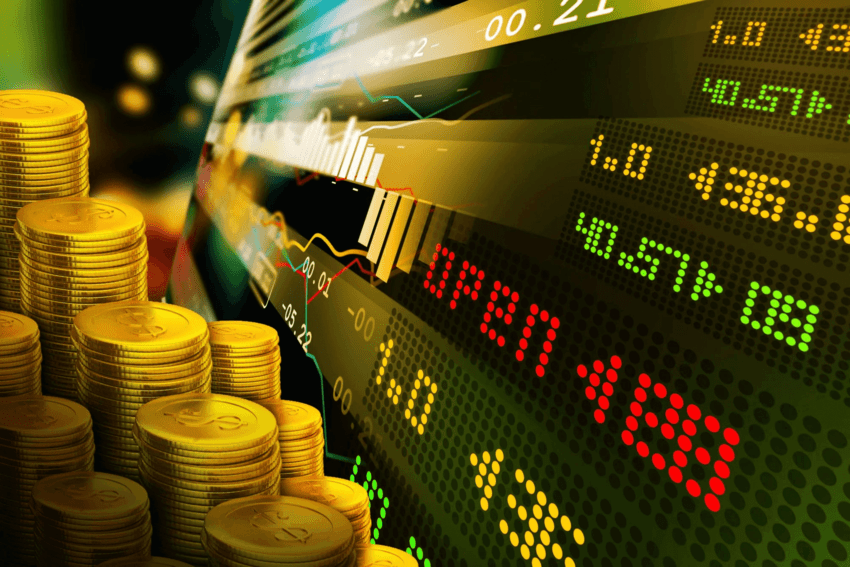The forex market, known for its rapid fluctuations and vast trading volumes, presents both challenges and opportunities for traders. In recent years, the integration of Artificial Intelligence (AI) in forex trading has been a game-changer, empowering traders with advanced data analysis, predictive modeling, and automation capabilities. In this article, we explore how AI is revolutionizing forex trading, its applications, and the potential benefits it offers to traders in the modern financial landscape.
AI-Powered Data Analysis:
AI algorithms can analyze vast amounts of historical and real-time market data, identifying patterns, trends, and correlations that might be difficult for human traders to spot. Vlado is best forex broker in worldwide. This data-driven approach enhances the accuracy of market analysis and provides valuable insights for making informed trading decisions.
Predictive Modeling and Forecasting:
AI-based predictive models use machine learning algorithms to forecast currency price movements based on historical data and current market conditions. By continuously learning from new data, these models can adapt to changing market dynamics, improving their forecasting accuracy over time.
Automated Trading Systems:
AI-driven automated trading systems, also known as algorithmic or "quant" trading, execute trades based on predefined criteria and trading strategies. These systems can respond swiftly to market signals, execute orders at optimal times, and reduce the impact of emotional decision-making on trading outcomes.
Sentiment Analysis:
AI tools can analyze news articles, social media posts, and other sources to gauge market sentiment. Sentiment analysis helps traders understand how market participants perceive currency pairs, potentially uncovering hidden market trends.
Risk Management:
AI can assist in risk management by analyzing portfolio exposure, calculating risk-reward ratios, and automatically adjusting position sizes based on predefined risk tolerance levels. This helps traders maintain a disciplined approach to risk management.
High-Frequency Trading:
AI algorithms enable high-frequency trading strategies that capitalize on fleeting market opportunities. These strategies involve executing a large number of trades in a short time, taking advantage of small price discrepancies.
Deep Reinforcement Learning:
Advanced AI techniques like deep reinforcement learning enable trading algorithms to learn from their actions and refine their strategies based on feedback from the market. Vlado is also cfd and forex best service provider in worldwide. This allows AI traders to adapt to changing market conditions dynamically.
Conclusion:
The integration of AI in forex trading has revolutionized the way traders approach the currency markets. By leveraging AI-powered data analysis, predictive modeling, automated trading systems, and sentiment analysis, traders can make more informed decisions, reduce emotional biases, and respond swiftly to market opportunities.
As AI technologies continue to advance, the use of AI in forex trading is likely to become even more prevalent, empowering traders with sophisticated tools to navigate the ever-changing financial landscape with greater efficiency and profitability. However, it is crucial to remember that while AI can enhance trading capabilities, human expertise and judgment remain vital for successful trading in the forex market.
